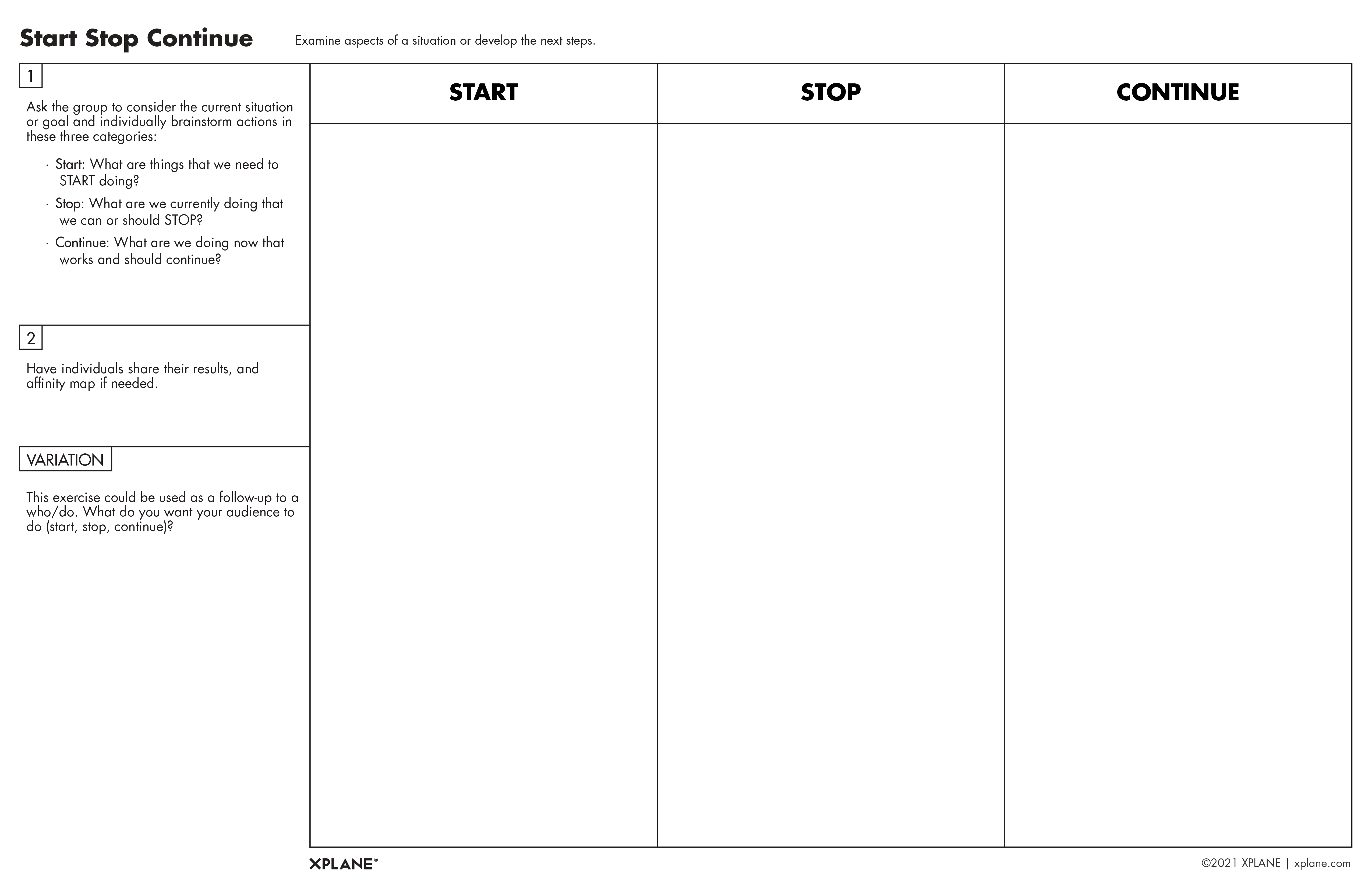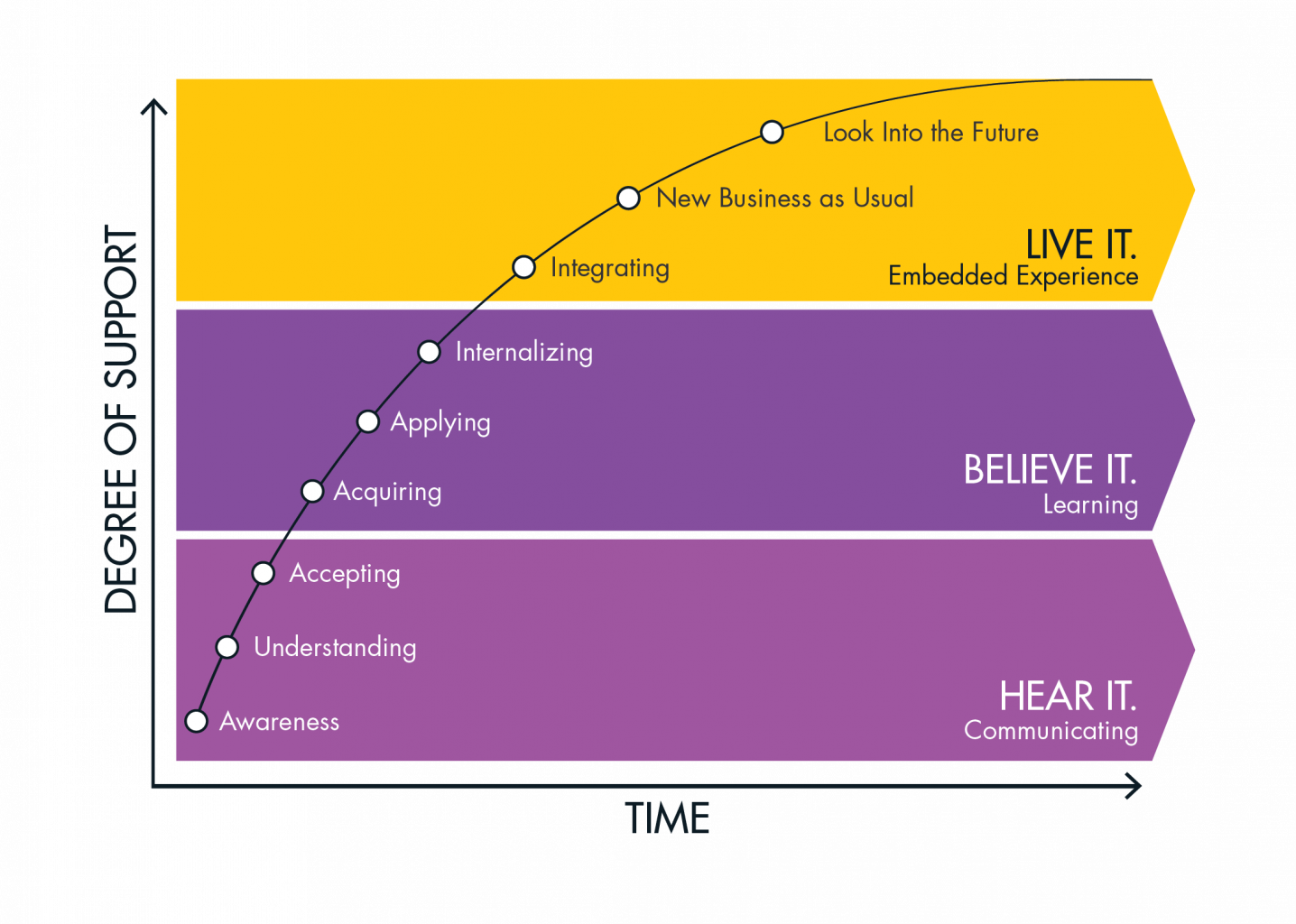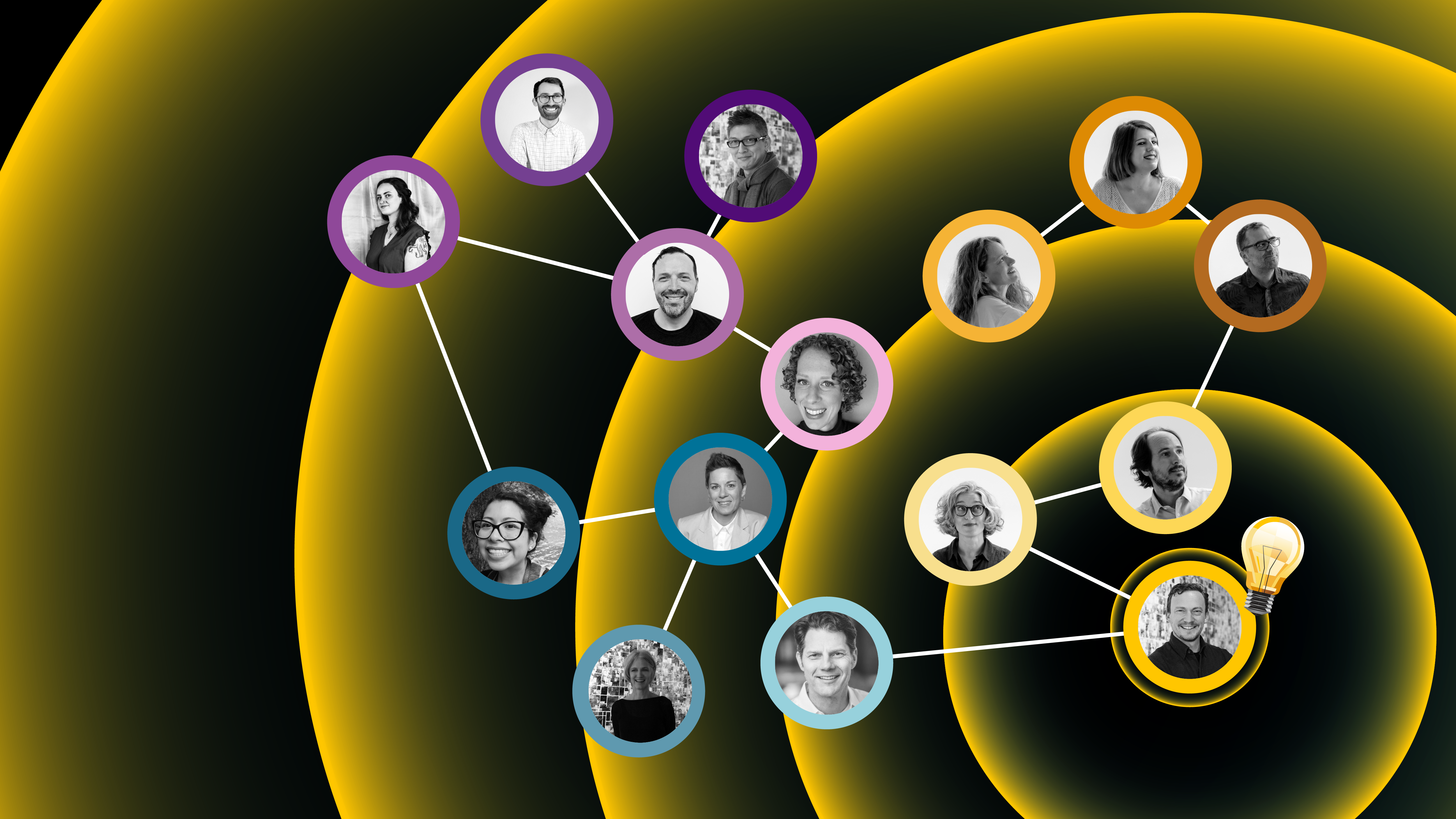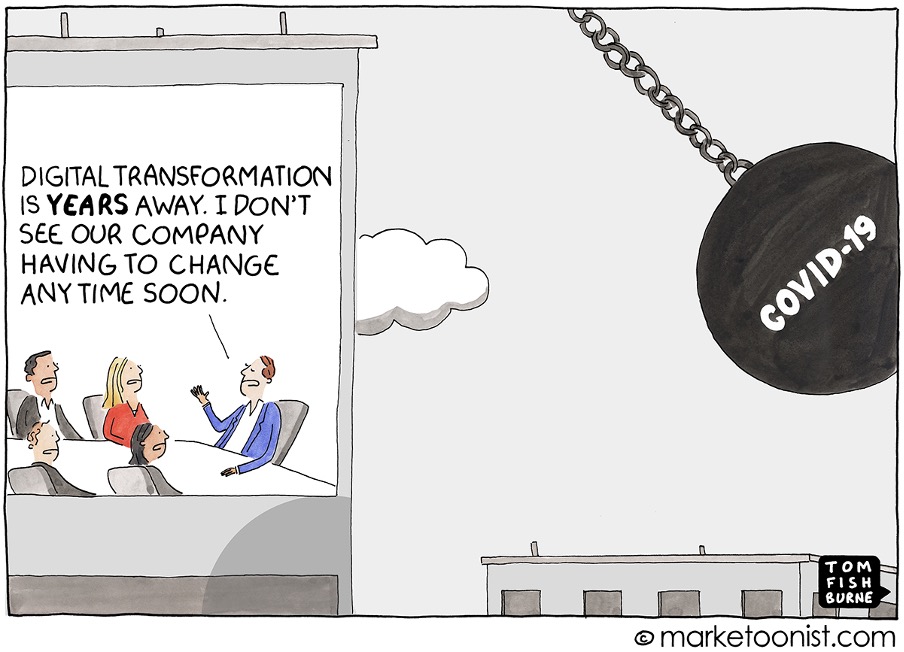When it comes to change, does your organization have a fairly good grip on things or does it feel more like you’re on Mr. Toad’s Wild Ride? No matter where you are today, you can learn to drive change to the fantastic future you envision. Here’s how.
Change is a journey. Is your organization in the driver’s seat—or the passenger seat—of this grand adventure we call change? If you aren’t in the driver’s seat, but you’d like to be, here are four steps that can put you squarely behind the wheel.
Step 1: Imagine the Future You Want
We all know change is inevitable. Like entropy—a slow decline into disorder—change can take over if we haven’t been paying attention and actively maintaining order. When this happens, we’re forced to accept it or reckon with it.
Change can happen to us anywhere, at any time. This is especially true if we continue to do things “the way they have always been done.” When we fail to re-examine our processes, our systems, and (arguably) our consciences, our futures can all too often hit us like a wrecking ball.
But change doesn’t have to happen to us. It can be intentional. We can be the arbiters of positive and productive change.
By actively examining our current state, then imagining the future we want, we can define and implement measures that will bridge the gap between now and the future we want to live in. We can be, as Gandhi said, the change we want to see.
Step 2: Focus Your Efforts
One way to initiate intentional change, gain focus, and prioritize projects or initiatives is with a simple exercise XPLANE calls Start, Stop, Continue. This exercise is an excellent alignment tool and helps individuals, teams, or organizations assess a situation and determine improvements.

To drive change and achieve your desired future state, we recommend organizations bring together subject matter experts (SMEs) and stakeholders to complete this exercise. Together, you’ll want to discuss and examine your current state, then identify what you need to start, stop, and continue to achieve your desired future state.
Step 3: Use Co-Creation to Generate Support
A sticking point with intentional change is that not everyone agrees on what positive or beneficial change looks like or what the future goal should be. Individuals wonder, “What’s in it for me?” or “What’s the return on my investment?” In every change initiative I’ve encountered over the years, the initial response by those being asked to change is that it is too hard, too scary, too risky.
Sticking to familiar norms it turns out—no matter how outdated, inefficient, unproductive, or even headed toward obsolescence they may be—is presumably more comfortable than shaking things up and decidedly more comfortable than taking a risk. But at what cost?
This is where the magic of co-creation comes in. The simple fact is people support what they help create. As opposed to a top-down approach in which leaders make and cascade decisions down to everyone else—many of whom might sincerely disagree with and resist the decisions—co-creation brings together a variety of representatives from roles that might otherwise be siloed. These people might include leaders, subject matter experts, stakeholders, frontline workers, backend support, customers, suppliers, and others.
In effective co-creation, these individuals share their perspectives and insights with one another and together align on and develop the new desired future state. By listening to our colleagues, respecting their experiences, and appreciating their perspectives, we can use that information and knowledge to improve our business in the world—and everyone wins.
Step 4: Help People Adopt the Change
What if your organization consists of hundreds, even thousands, of people, and your “change team” is a much smaller group of people who represent everyone else?
How can a team like this roll out a change initiative to the entire organization without others feeling like it’s a top-down directive?
How can you bring employees at all levels from hearing about the change (sometimes a scary prospect) to believing in the change, to integrating it into their everyday work, and living it?
You take strategic steps to guide people through the stages of an activation curve.

XPLANE has a library of games, methodologies, worksheets, tools, and live activities that can help along the way. Employees are therefore not forced to “ride” along on the change journey but are invited and encouraged to drive the change as well.
Set Your Sights on the Future
Don’t let change just happen to you, or worse, leave you in the rubble.
Take charge today:
- Examine your current state
- Make quick start, stop, continue decisions to strengthen organizational foundations
- Tap into employee experience and wisdom to imagine long-term, sustainable solutions
- Strategically guide employees from hearing, to believing, to living the change
With everyone on board, you’ll be well on your way to the future you envision.
If you’d like to read more about visioning, co-creation, and implementing change, we recommend the following:
- Into Thin Air: How Good Leaders Share Their Vision and Inspire Action
- Overcome Strategy Failure: Three Principles to Bring Your Strategy to Life (Part 1 of 2)
- How to Design a Strategy Execution Plan (Part 2 of 2)
- Five Best Practices for Implementing Your Strategy
If you’d like to share your thoughts or ask a question, contact us!

